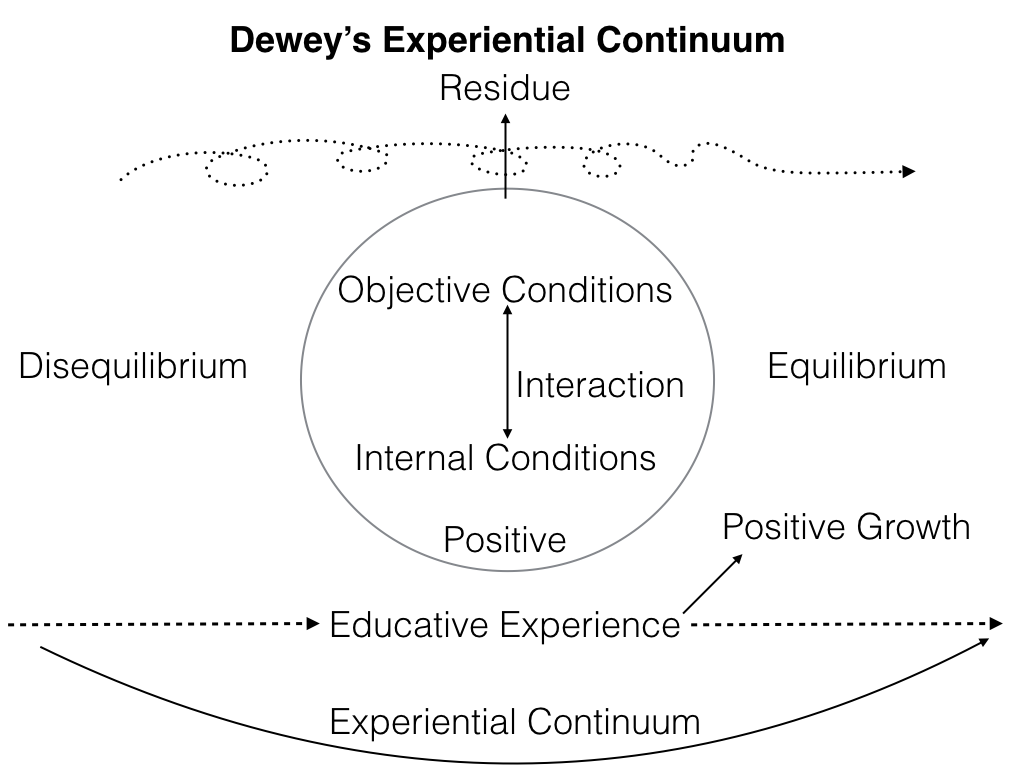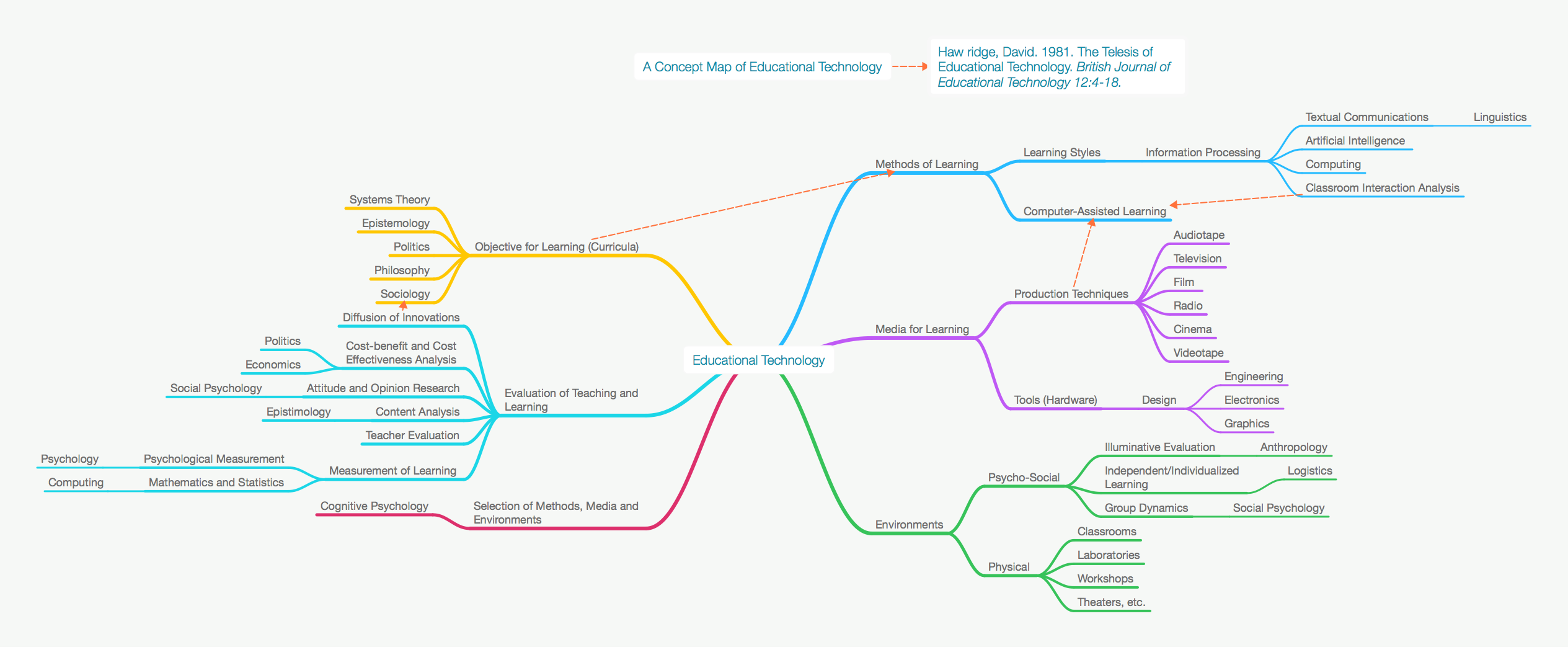Pitch
- Public Speaking Skills Curriculum
- High School (11th, 12th)
Housekeeping
- Group formation – through cocktail – by the end of class
- Sherry – college application help
- Mindfulness to get rid of toxic stress
- Entrepdneurship for ex-convicts
- Experimental education and leadership
- Group: “Teach ‘How to Teach Online”
- Celine
- Mohammed
- Lucas
- Lisa
- Curriculum
- Why, What and How
- Every curriculum has a rationale – why of the curriculum
- You have an ideology
- The site will have its own ideology
- Dewey
- Read the whole book
- Think pair share
- Lucas
- “After the artificial and complex is once institutionally established and ingrained in custom and routine, it is easier to walk in the paths that have been beaten than it is, after taking a new point of view, to work out what is practically involved in the new point of view.” p.30
- Lisa
- “Growth, or growing as developing, not only physically but intellectually and morally, is one exemplification of the principle of continuity. The objection made is that growth might take many merent directions: a man, for example, who starts out on a career of burglary may grow in that direction, and by practice may grow into a highly expert burglar. Hence it is argued that “growth” is not enough; we must also spec@ the direction in which growth takes place, the end towards which it tends. Before, however, we decide that the objection is conclusive we must analyze the case a little further.” p.36
- Group – Dewey discussion
- Growth
- Lucas
Ideology Presentation
- As a group – 7 min presentation (5 + 2)
- distill and present ideology in a convincing way
- why what how
- be fair to the ideology
- We got – Cognitive Pluralism
- Gardener readings
Whiteboard Picture

Dewey’s Experiential Continuum

In class citations
Growth
The AIM or outcome- we want kids to grow in a positive direction.
Avoid limiting experiences.
Pg. 36 “Growth, or growing as developing, not only physically but intellectually and morally, is one exemplification of the principle of continuity.”
Pg. 47 “In a certain sense every experience should do something to prepare a person for later experiences of a deeper and more expansive quality. That is the very meaning of growth, continuity, reconstruction of experience.”
Interaction
INTERNAL CONDITIONS-everything the student brings to the room (hunger, home experience, SES, emotion, etc.)
OBJECTIVE CONDITIONS- everything else (ex. Teacher, chalk board, school condition)
INTERACTION– the mutual adaption between the internal and objective conditions. This is the teacher’s role. They must negotiate this mutual adaptation while also taking into account what came before and what will come after.
Pg. 45 The trouble with traditional education was not that educators took upon themselves the responsibility for providing an environment. The trouble was that they did not consider the other factor in creating an experience; namely, the powers and purposes of those taught. It was assumed that a certain set of conditions was intrinsically desirable, apart from its ability to evoke a certain quality of response in individuals. This lack of mutual adaptation made the process of teaching and learning accidental.”
Curriculum construction is ALWAYS contextual.
Pg. 42 “The trouble with traditional education was not that it emphasized the external conditions that enter into the control of the experiences but that it paid so little attention to the internal factors which also decide what kind of experience is had.”
“If you are going to teach a kid to swim, put them in a swimming pool” –Dewey as the father of project based learning.
Experiential Continuum
Every experience should do something to prepare you for a later experience.
Pg. 35 “From this point of view, the principle of continuity of experience means that every experience both takes up something from those which have gone before and modifies in some way the quality of those which come after.”
Miseducative experience – an interaction that limits or shutdown the learning on the continuum.
Pg. 37 on specialization
“Moreover, every experience influences in some degree the objective conditions under which further experiences are had. Agreeable experiences that want a student to learn more.”
Agreeableness vs. continuity of experience – these are the latitude and longitude of the continuum.
Pg. 46 if you learn something in isolation, you are impacting the experiential continuum “The principle of inteaction makes it clear that failure of adaptation of material to needs and capacities of individuals may cause an experience to be non-educative quite as much as failure of an individual to adapt himself to the material. . . . with … it is a mistake to suppose that acquisition of skills in reading and figuring will automatically constitute preparation or their right and effective use under conditions very unlike those in which they were acquired.”
Experiences should be positive
Educator’s Role
Between teachers and learners in the environment.
The design of the learning environment can an either enable or disable growth. Pg. 40 “recognize in the concrete what surroundings are conducive to having experiences that lead to growth.”
You must set up conditions for transfer – not teaching lessons in isolation.
Pg. 39 Know individuals AS individuals….
(Denise’s favorite quote) “In this direction he must, if he is an educator, be able to judge what attitudes are actually conducive to continued growth and what are detrimental. He must, in addition, have that sympathetic understanding of individuals as individuals which gives him an idea of what is actually going on in the minds of those who are learning.
Later chapters: DISEQUILIBRIUM – educator needs to cause disequilibrium so that students seek to get on balanced. The residue left over from the experience of resolving disequilibrium is what sticks, learning that can be transferred to new environments. The residue is the product of the experience. This process spirals over and over and over.
-without disequilibrium, there is no itch to learn. You need this itch to want to learn or do something.
Other
“If you are going to teach a kid to swim, put them in a swimming pool”
Classroom as a model of a democratic working system.
Chapter 1: frames the politics of how to make progressivism palatable to as many people as possible.
To Dewey the sign of a mature learner can create their own problems and solve them.
